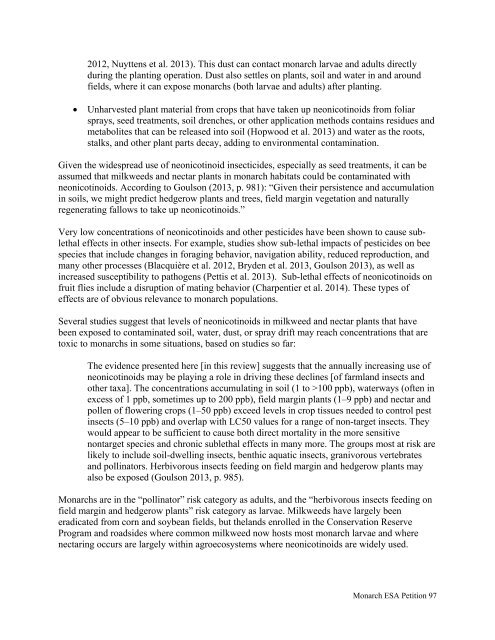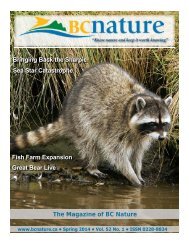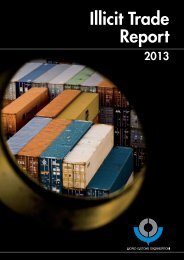monarch-esa-petition-final_61585
monarch-esa-petition-final_61585
monarch-esa-petition-final_61585
Create successful ePaper yourself
Turn your PDF publications into a flip-book with our unique Google optimized e-Paper software.
2012, Nuyttens et al. 2013). This dust can contact <strong>monarch</strong> larvae and adults directly<br />
during the planting operation. Dust also settles on plants, soil and water in and around<br />
fields, where it can expose <strong>monarch</strong>s (both larvae and adults) after planting.<br />
<br />
Unharvested plant material from crops that have taken up neonicotinoids from foliar<br />
sprays, seed treatments, soil drenches, or other application methods contains residues and<br />
metabolites that can be released into soil (Hopwood et al. 2013) and water as the roots,<br />
stalks, and other plant parts decay, adding to environmental contamination.<br />
Given the widespread use of neonicotinoid insecticides, especially as seed treatments, it can be<br />
assumed that milkweeds and nectar plants in <strong>monarch</strong> habitats could be contaminated with<br />
neonicotinoids. According to Goulson (2013, p. 981): “Given their persistence and accumulation<br />
in soils, we might predict hedgerow plants and trees, field margin vegetation and naturally<br />
regenerating fallows to take up neonicotinoids.”<br />
Very low concentrations of neonicotinoids and other pesticides have been shown to cause sublethal<br />
effects in other insects. For example, studies show sub-lethal impacts of pesticides on bee<br />
species that include changes in foraging behavior, navigation ability, reduced reproduction, and<br />
many other processes (Blacquière et al. 2012, Bryden et al. 2013, Goulson 2013), as well as<br />
increased susceptibility to pathogens (Pettis et al. 2013). Sub-lethal effects of neonicotinoids on<br />
fruit flies include a disruption of mating behavior (Charpentier et al. 2014). These types of<br />
effects are of obvious relevance to <strong>monarch</strong> populations.<br />
Several studies suggest that levels of neonicotinoids in milkweed and nectar plants that have<br />
been exposed to contaminated soil, water, dust, or spray drift may reach concentrations that are<br />
toxic to <strong>monarch</strong>s in some situations, based on studies so far:<br />
The evidence presented here [in this review] suggests that the annually increasing use of<br />
neonicotinoids may be playing a role in driving these declines [of farmland insects and<br />
other taxa]. The concentrations accumulating in soil (1 to >100 ppb), waterways (often in<br />
excess of 1 ppb, sometimes up to 200 ppb), field margin plants (1–9 ppb) and nectar and<br />
pollen of flowering crops (1–50 ppb) exceed levels in crop tissues needed to control pest<br />
insects (5–10 ppb) and overlap with LC50 values for a range of non-target insects. They<br />
would appear to be sufficient to cause both direct mortality in the more sensitive<br />
nontarget species and chronic sublethal effects in many more. The groups most at risk are<br />
likely to include soil-dwelling insects, benthic aquatic insects, granivorous vertebrates<br />
and pollinators. Herbivorous insects feeding on field margin and hedgerow plants may<br />
also be exposed (Goulson 2013, p. 985).<br />
Monarchs are in the “pollinator” risk category as adults, and the “herbivorous insects feeding on<br />
field margin and hedgerow plants” risk category as larvae. Milkweeds have largely been<br />
eradicated from corn and soybean fields, but thelands enrolled in the Conservation Reserve<br />
Program and roadsides where common milkweed now hosts most <strong>monarch</strong> larvae and where<br />
nectaring occurs are largely within agroecosystems where neonicotinoids are widely used.<br />
Monarch ESA Petition 97




